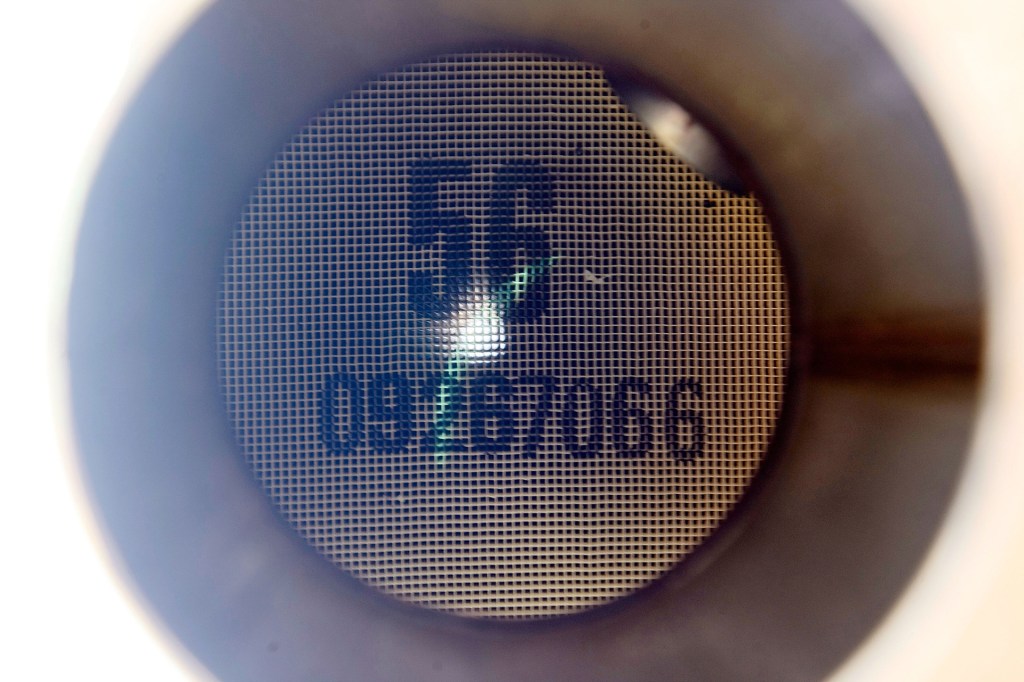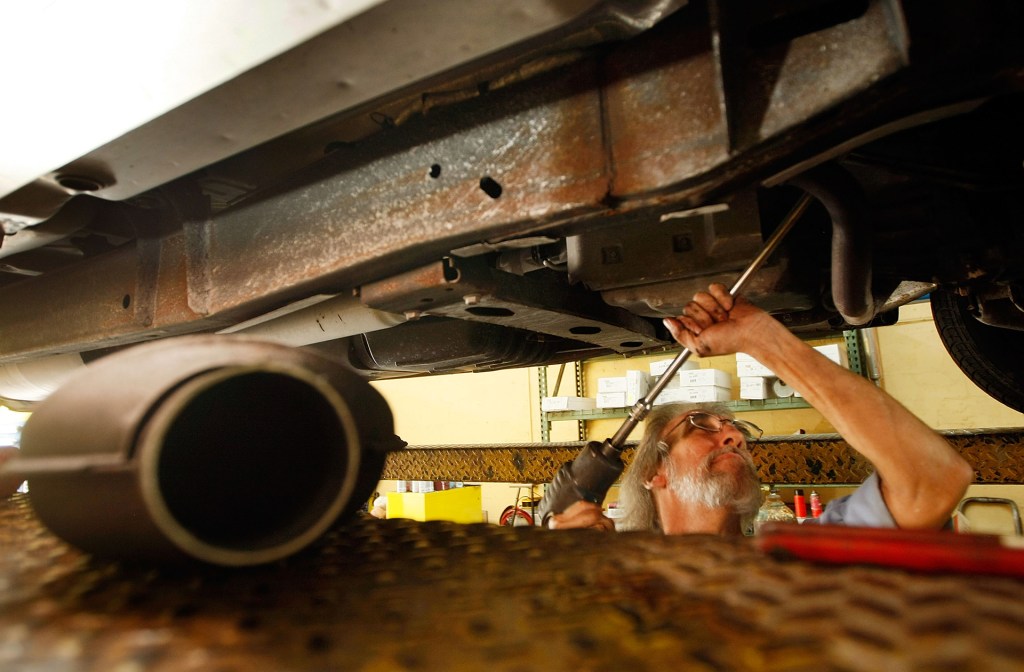
Why Are Catalytic Converters Being Stolen?
Imagine getting into your car in the morning to go to work or leaving a restaurant after dinner. You sit down, turn on the engine, and suddenly, the car is way louder than it was before and the smell of exhaust is strong all around you. If this happens to you, then there is a good chance you may be a victim of catalytic converter theft.
Catalytic converter theft has been an issue for quite a while. However, the problem has become exponentially worse in the last few years, with thefts happening at higher frequencies. The crew at Donut Media looked into the situation in their latest video, and their findings may enlighten you.
Why are catalytic converters stolen?

Catalytic converters contain metals like platinum, palladium, and rhodium. It turns out those metals are rare. That means they have significant value. At the time of publishing, platinum has a value of $1,015 per ounce, and palladium has a per ounce value of about $2,400.
However, rhodium is by far the most valuable metal used in catalytic converters. At the start of 2020, rhodium had a value of about $5,000 per ounce. Though, with the pandemic shutting down mines, the value skyrocketed. Currently, rhodium sits at over $16,000 per ounce!
Minimal amounts of these rare metals are used in catalytic converters, and over time those metals degrade. However, the average used catalytic converter can still sell for anywhere between $100 and $300 or even more.
How are catalytic converters stolen?

It can take a thief little as 30 seconds to steal a catalytic converter, even though they are often welded in. The exhaust piping is generally made with thin metal to save weight. A standard electric saw can cut through the pipe quickly and with little effort. Furthermore, certain cars are more desirable targets for catalytic converter theft.
For example, hybrids like the Toyota Prius are prime targets for catalytic converter thieves. Since hybrids also run on electric power, they use their engines less, which means the catalytic converters tend to have less use, making them more valuable.
Large trucks like the Ford F-250 are prime targets since their lifted stance makes it easy for thieves to get underneath them and access the catalytic converter. Also, since cats on trucks tend to be large, they have higher amounts of rare metals. An OEM Ford F-250 catalytic converter can cost up to $2,500.
How to prevent catalytic converter theft
There is not much that can be done to completely prevent a thief from stealing your catalytic converter. Though, major components of these thefts are speed and lack of traceability. If you can make it more difficult to remove your catalytic converter and make yours more identifiable, chances are a thief will just move on to an easier target.
To make your catalytic converter identifiable, you can have your VIN number engraved into it. Some local shops or police stations may offer this service for free. A thief could file off the number, but that is an extra step they may not want to take.
To make your catalytic converter more difficult to remove, you can have a “cat shield” installed. A cat shield is a plate of metal welded to the bottom of your car that covers the catalytic converter. Cat shields can be purchased online, or you can make one yourself if you are handy with metal cutting and welding.
Perhaps, if other government systems were in place, it could significantly reduce all catalytic converter theft. However, with electric cars becoming more common, this type of theft may not be much of an issue in the near future anyway.


